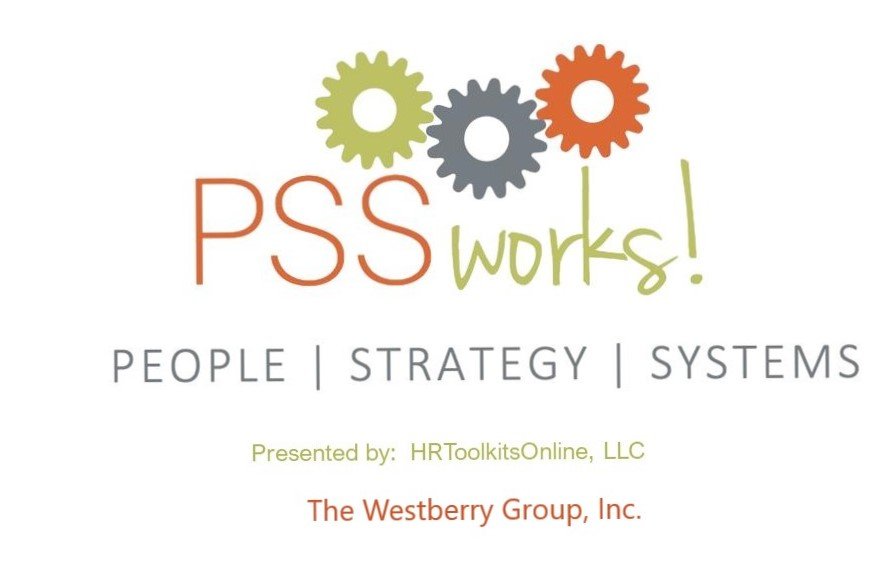How Do Bad Attitudes Effect Your Team?
Last week, I met with a group of managers to discuss various employee issues they were facing. It was interesting when I realized the issues all seemed to be centered on the problems they encountered when dealing with employees with attitudes.
When the managers described these issues, whether it was low productivity or failure to meet deadlines, they used phrases like “poor attitude”, “not a team player”, “giving me push-back”, “peevish” and “showing me a lot of attitude” to describe their challenges with these employees.
Unfortunately, we know these types of people all too well. They complain about everything and anything, they don’t want to take direction, they zap morale, kill productivity, and stomp out any new idea…especially, if the idea is not theirs. The end result is disruptive and they make work the most miserable place on the planet.
But don’t despair, there are measures that managers can take to put a stop to the havoc these difficult people leave in the wake of their disruptive behaviors.
The first step is to take the vagueness out of their vocabulary when they identify the behaviors that make up “poor attitude” or “not being a team player”.
When the managers were asked to tell me what “poor attitude” looked like, they used clear and simple terms to describe the unacceptable behavior, such as…the employee rolled their eyes or made a face when they heard something they disagreed with. As they continued to describe the actions associated with the words they used earlier, they found that it became easier to explain exactly what was going on.
The managers came to realize that when they told a difficult employee that they “needed to improve their poor attitude”, they really left it up to the employee to decide what was “poor” and how they wanted to change it, if at all.
By giving the employee a clear example of the unacceptable behavior by saying something like - “I expect you to treat your co-worker with respect and not to interrupt her when you disagree. Rolling your eyes and making gagging sounds is not acceptable behavior.” - the difficult employee has a very clear picture of what behavior needs to be corrected.
When a manager is forced to define the unacceptable, disruptive behavior, it makes it less complicated to understand and much easier to hold those difficult employees accountable for making a change.
In addition, it shifts the responsibility for making the changes squarely back to the employee.
Because appropriate behavior has such a far-reaching impact in the workplace, I shared the following from PBP Executive Reports. It said, “Every company should make acceptable behavior 50% of everyone’s job requirement”. The report went on to suggest the following: “Behavior Requirement for All Employees: You are required to maintain a positive work atmosphere by communicating and behaving in a manner that ensures you get along positively with all co-workers, clients, and managers.”
Although it sounds like everyone should already know this type of behavior is part of their job, they don’t. By making it part of your standards and requirements, whether you put it in every job description or make it a part of your employee handbook, this type of statement now puts everyone on notice of what’s expected of them. By being clear and transparent about the Company’s expectations, you can hold the offenders accountable when they don’t meet the mark.
Starting early next quarter, Elizabeth and I will be launching our High-Performance Supervision webinars and eLearning programs. These short, fast-paced, HR eLearning programs created by HRToolkitsOnline.com and presented by PSSWorks! will begin with our “Dealing with Difficult Employees”.
Keep your eyes open for your special invitation to our complimentary webinar. It should be in your inbox later this month.
Tell us what your biggest struggle is when dealing with a difficult employee. What behavior do you find most stressful to deal with?

